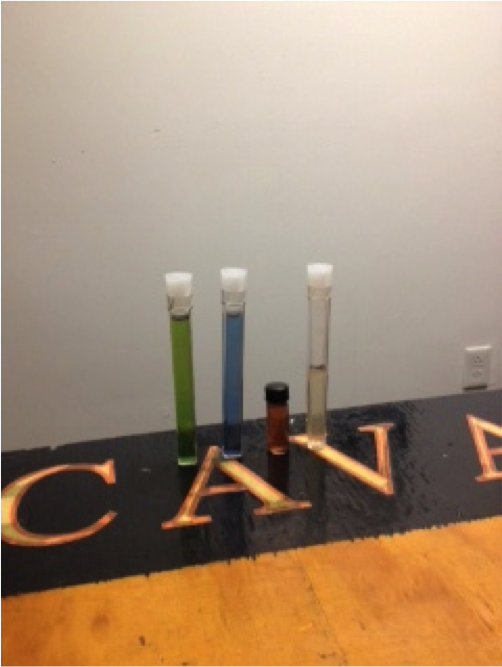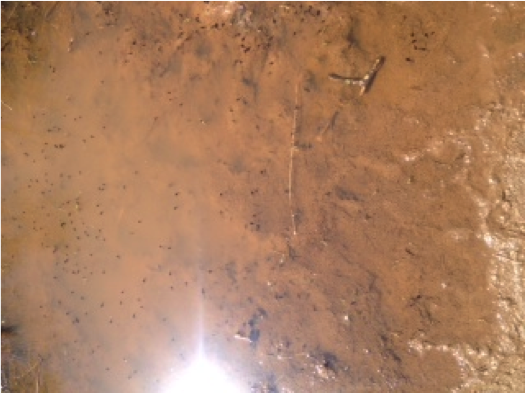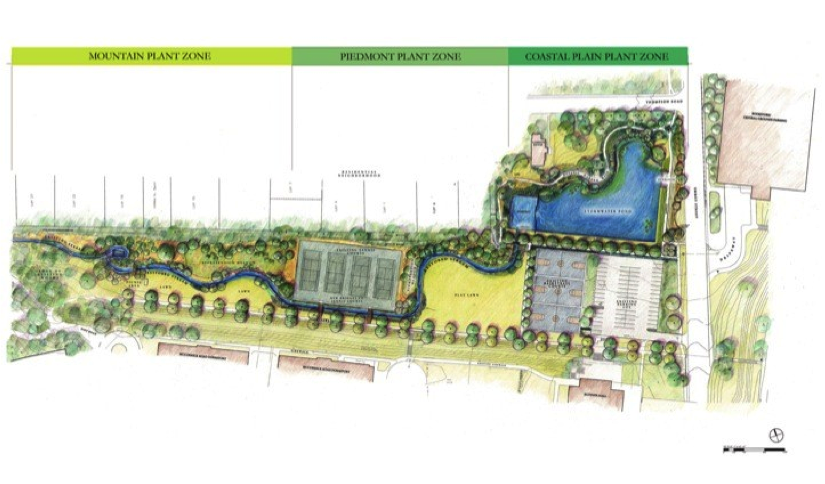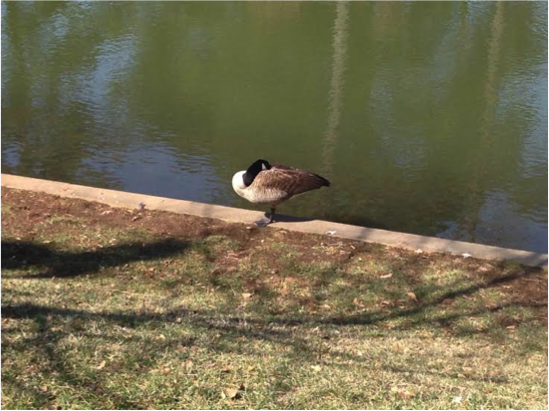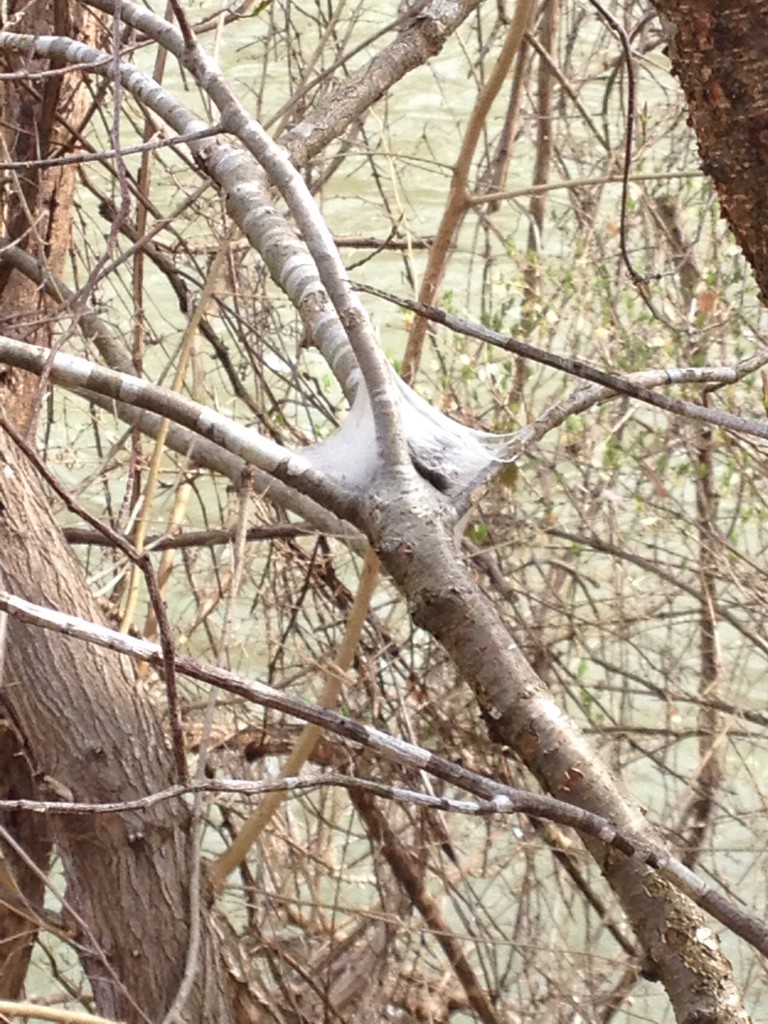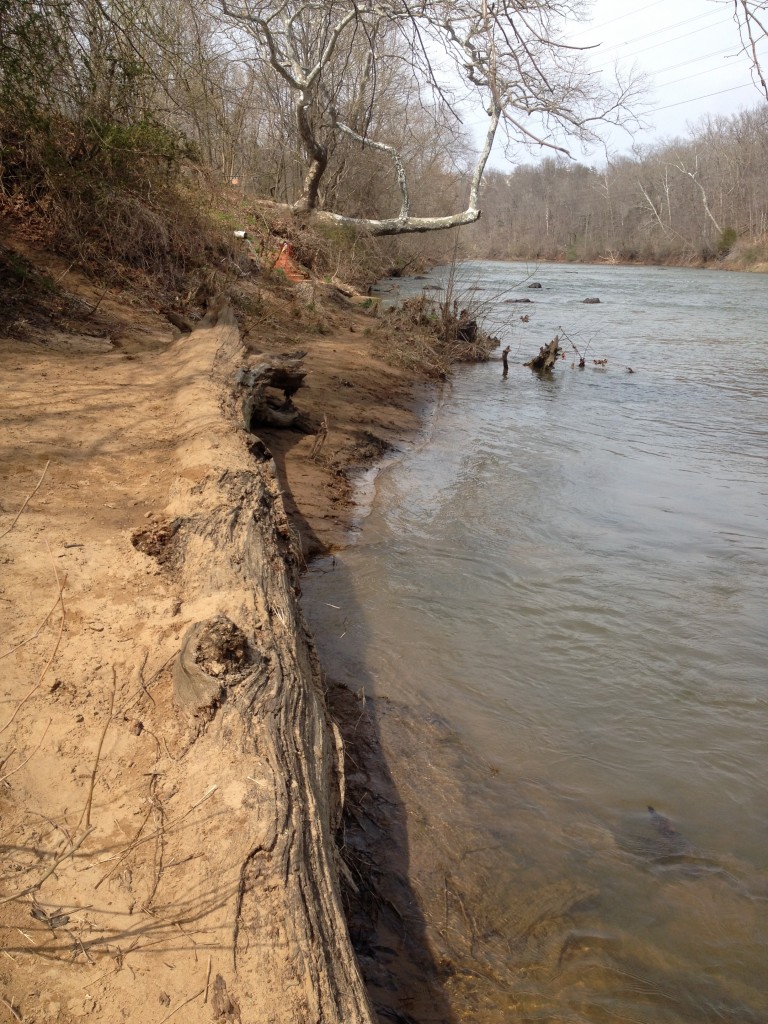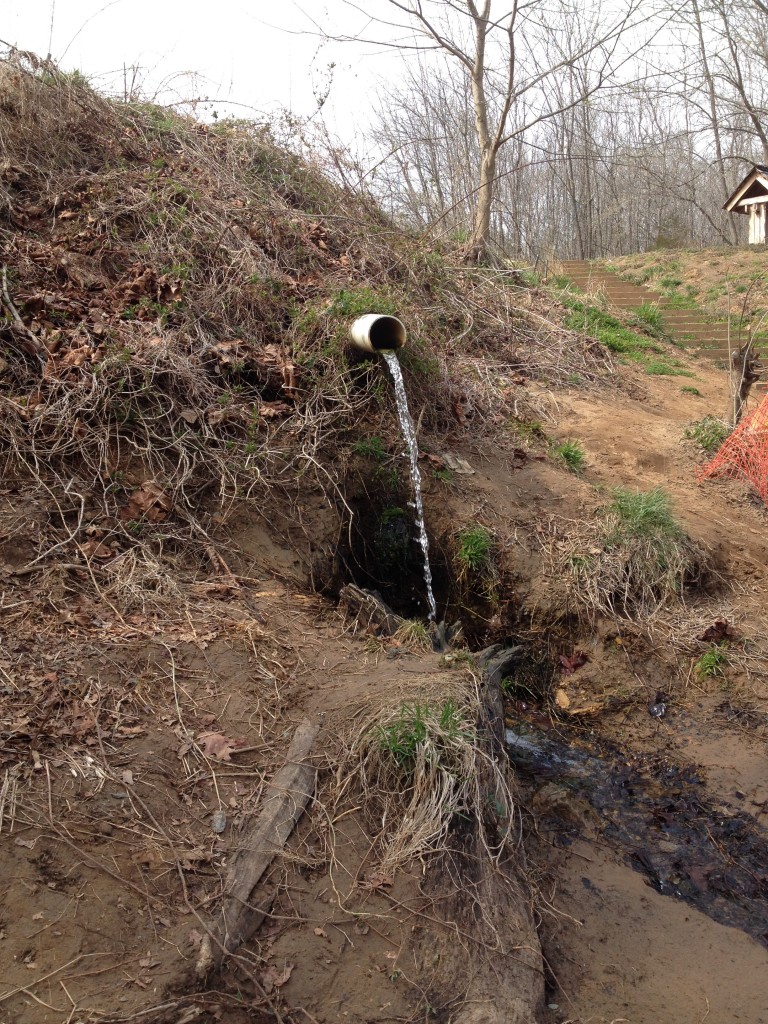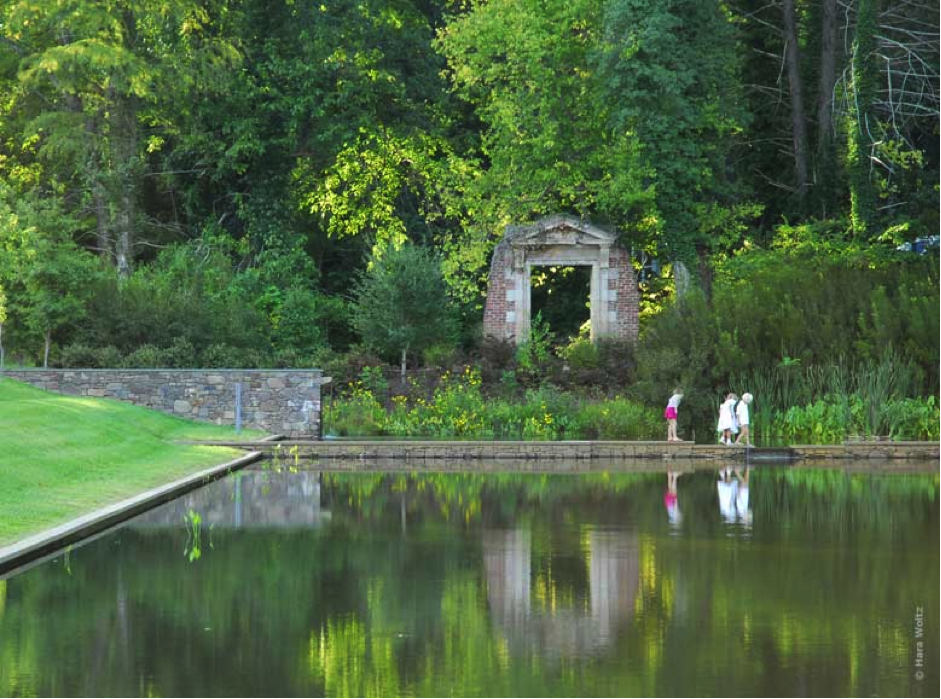The Rivanna River, currently a focal point of outdoor recreation, has long stood as an important part of Virginia’s history. It has held economic and military significance throughout time and has seen many alterations.
Before European settlers arrived in Virginia, the Monacan Indian tribe inhabited the area around the river. The Monacan people cleared forests along the riverbank for agricultural purposes, using shells and fish bones as fertilizer. After suffering repeated attacks from the Iroquois Indians, the Monacans left the banks of the Rivanna and were consequently gone before the English arrived.
As the English colonists began to take over the area, even more woodland was cut down in order to provide land for tobacco farming and later wheat. The river was initially called the “River Anna” after Queen Anne, later shortened to its current name.
Thomas Jefferson is often associated with the river, as he grew up nearby and consequently had a sustained interest in it. He conducted a study of the river in 1763 and later ordered that it be cleared and made suitable for transport, which would lead to its importance for travel during the American Revolutionary War. Bridges as well as a military depot and arsenal were built along the river. The military arsenal was captured by the British and destroyed during the war.
After the revolution, the Rivanna Navigation Company formed in order to make the river more navigable, building dams and locks all along it. The remnants of these dams can be seen today and add to the strong sense of history still present on the river.
As farming declined in Albemarle County, partly as a result of men leaving to fight in the world wars, the land that was once cleared along the Rivanna River returned to forested area, restoring some of the scenic area that predated human manipulation. Currently, forests surround 72.2% of the river. Several parks have been designated along the river, including Darden Towe Park, Pen Park, and Riverview Park.
In 1990, the Rivanna Conservation Society formed with the goal “to safeguard the ecological, recreational, historical, cultural, and scenic resources of the Rivanna River and its tributaries.” The society also works to connect citizens with the river in a responsible and positive way.
In 2008, the Rivanna River was the first Virginia river to be declared a “Scenic River” by the state government. The Rivanna Conservation Society was a key component in achieving this status.
The river remains an important part of the Charlottesville area and is a heavily visited and appreciated aspect of the local outdoor culture.
Unfortunately, it is also impaired in several areas due to excessive pollution. The Department of Environmental Quality is currently conducting studies to find ways to improve the water quality. As the Rivanna is an extremely iconic and important part of Virginia’s history, cleaning and preserving it are crucial actions to ensure its health and usability for future generations.
Works Cited
“About the Rivanna Watershed.” Rivanna River Basin Commission. Web. 21 Apr. 2015. <http://www.rivannariverbasin.org/watershed-info.php>.
“Mission and History.” Rivanna Conservation Society. Web. 21 Apr. 2015. <http://www.rivannariver.org/mission-and-history/>.
Nolting, Lindsay. “Rivanna River History.” Cville Water. 1 Feb. 1996. Web. 21 Apr. 2015. <http://cvillewater.info/rivanna_history.pdf>.
Post by Michael Carter
